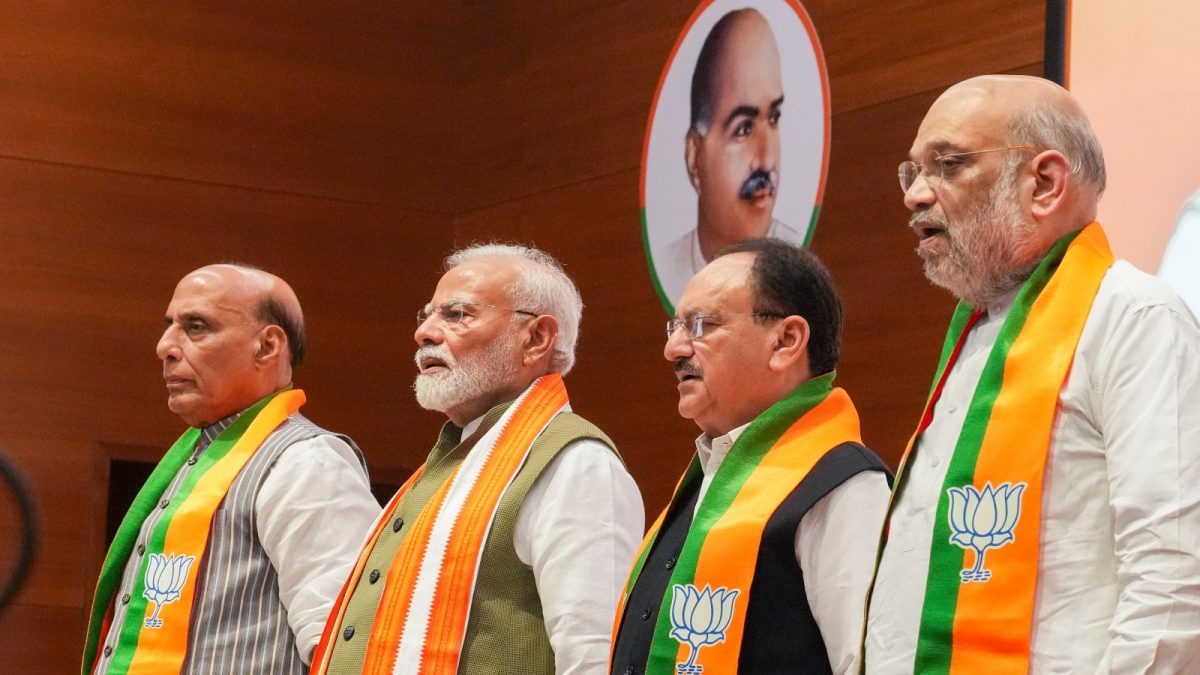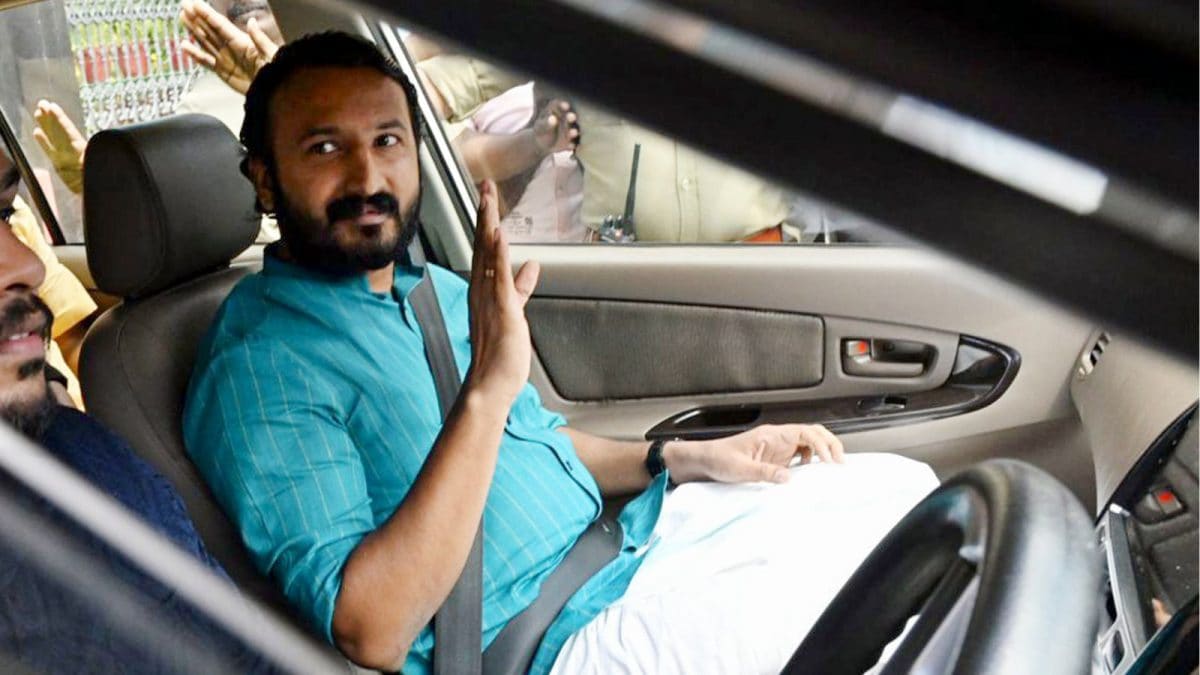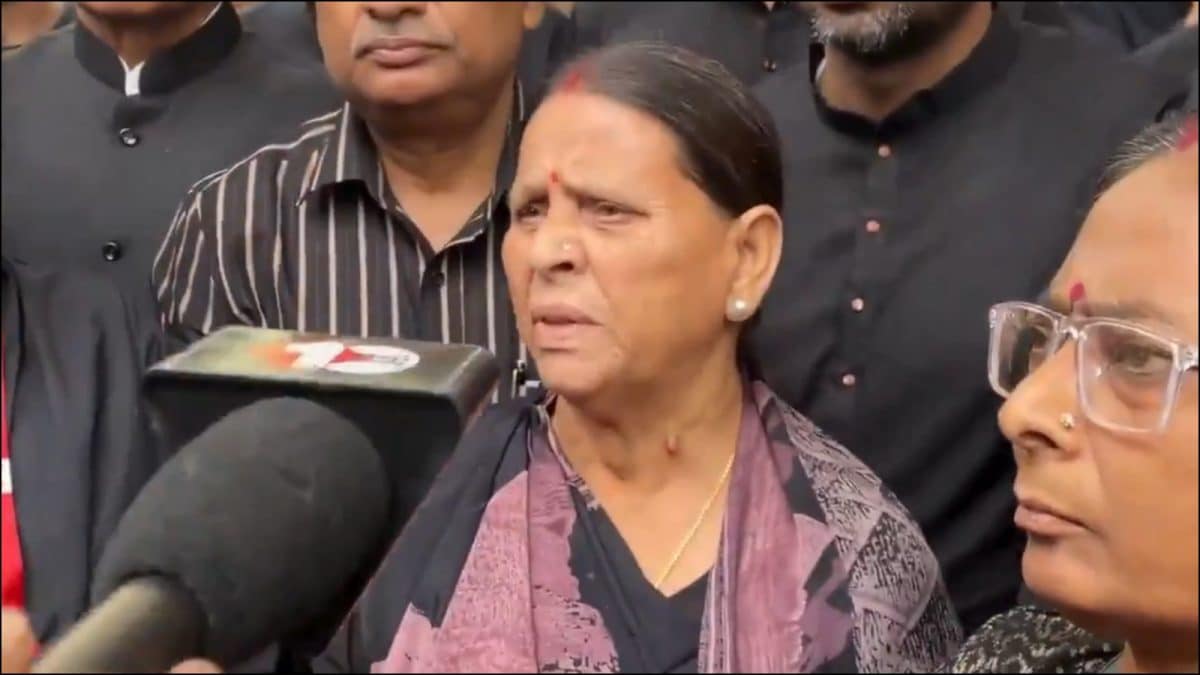Last Updated:
Prime Minister Narendra Modi’s role and the national council elections hinge on the Uttar Pradesh outcome

Across the country, organisational elections in 29 of the BJP’s 37 state units have been completed. Only eight remain, including key states such as Uttar Pradesh, Delhi, Haryana, and Karnataka. Representational pic/PTI
With the suspense over JP Nadda’s successor continuing to linger in Delhi, there is an indication that the BJP is moving to settle leadership questions in Uttar Pradesh—India’s largest and most politically consequential state. Top party sources indicate that the new Uttar Pradesh BJP president is likely to be finalised as early as December.
Whenever a state president is elected, the national council members from that state are chosen simultaneously, often on the same day. For Uttar Pradesh, this means that Prime Minister Narendra Modi—as the MP from Varanasi—will be elected to the national council alongside defence minister Rajnath Singh, the Lok Sabha member from Lucknow. This makes the UP organisational polls not just important but urgent, as the entire process cannot move forward without a state president in place.
The urgency is unmistakable. BJP general secretary (organisation) BL Santhosh has already made multiple trips to the state, holding closed-door meetings with senior leaders to gauge the most acceptable candidate to lead the party unit ahead of a year packed with political churn.
Across the country, organisational elections in 29 of the BJP’s 37 state units have been completed. Only eight remain, including key states such as Uttar Pradesh, Delhi, Haryana, and Karnataka. But UP’s election carries a special weight far beyond routine organisational processes.
Who the party ultimately picks remains wide open. Yet recent signals from the BJP’s post-Bihar sweep manoeuvring suggest a calibrated caste messaging at play. For the Bihar legislature party observer team, the BJP appointed Uttar Pradesh’s prominent OBC face and deputy chief minister Keshav Prasad Maurya as the central observer. He was flanked by union law minister Arjun Ram Meghwal—a key Dalit face—and former minister Sadhvi Niranjan Jyoti, a Nishad leader from the backward caste spectrum, as co-observers.
The composition of that team has not gone unnoticed within the organisation. As the BJP sharpens its social coalition for 2027, insiders say the UP state president’s post could reflect the same caste-balancing strategy.
For now, the party is tight-lipped. But PM Modi’s role and the national council elections hinge on the UP outcome, and the BJP is unlikely to let the state unit remain headless for much longer. December is poised to be decisive.

Anindya Banerjee, Associate Editor brings over fifteen years of journalistic courage to the forefront. With a keen focus on politics and policy, Anindya has garnered a wealth of experience, with deep throat in …Read More
Anindya Banerjee, Associate Editor brings over fifteen years of journalistic courage to the forefront. With a keen focus on politics and policy, Anindya has garnered a wealth of experience, with deep throat in … Read More
November 27, 2025, 07:30 IST
Read More







